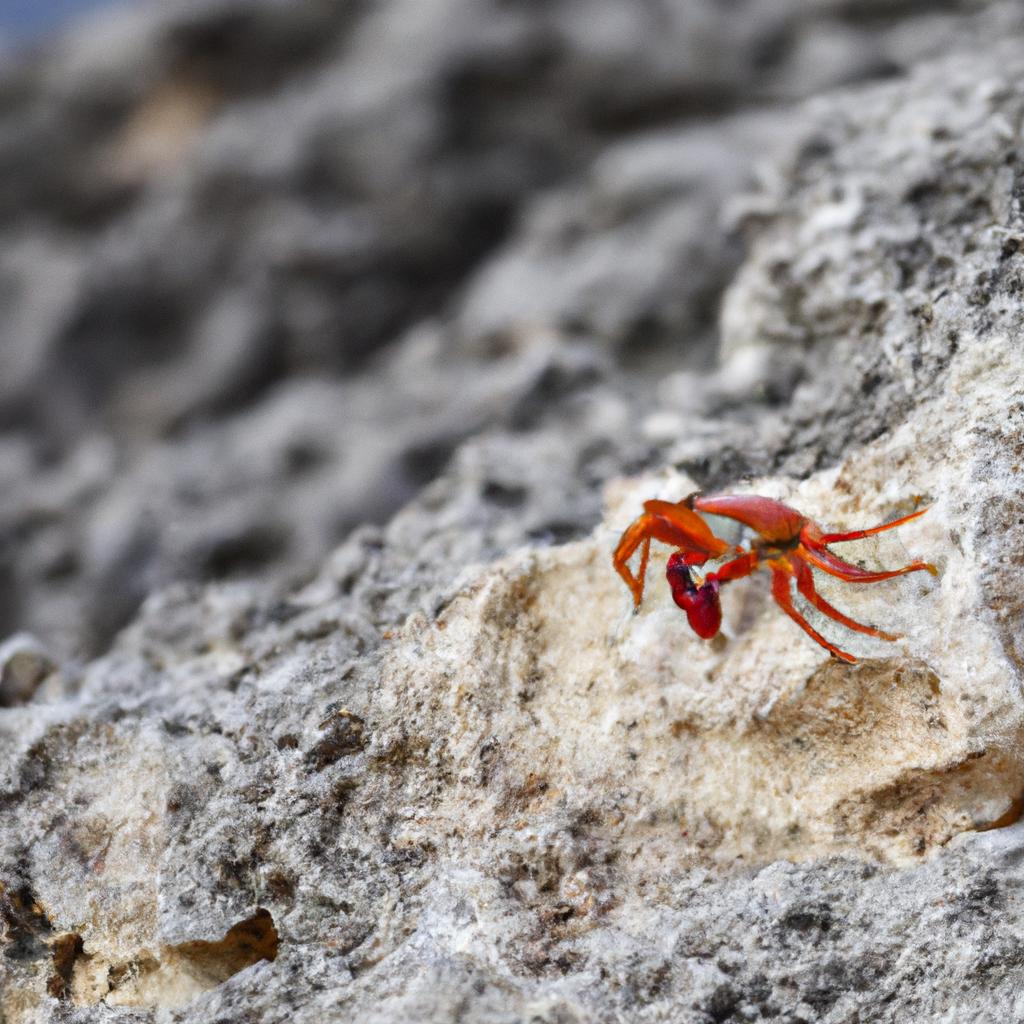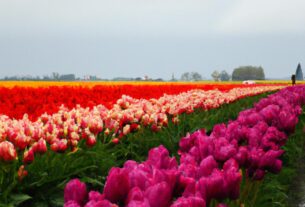Are you searching for an untouched paradise to explore? Look no further than Christmas Island National Park! Nestled in the Indian Ocean, this park is an astonishing testament to the wonders of nature, teeming with diverse ecosystems and wildlife. As responsible adventurers, it is vital to recognize the importance of preserving the park’s natural resources.
Location and Geography
A Unique Gem in the Indian Ocean
Situated on the Christmas Island, a small Australian territory closer to Indonesia than the Australian mainland, Christmas Island National Park is a remote destination that is well worth the journey. Despite its mere 135 square kilometers, this island packs a powerful punch in terms of natural beauty.
Exploring the Geological Treasures
The geological features of Christmas Island National Park are truly awe-inspiring. The island is composed of volcanic rock sculpted by millions of years of natural forces. Imposing limestone cliffs adorn the coastline, while the coral reefs surrounding the island harbor an abundance of marine life. The park’s rainforests are equally breathtaking, with towering trees and a vibrant canopy.
Whether you are a nature enthusiast, a hiking aficionado, or a beach lover, Christmas Island National Park offers something for everyone. Its unique geology and location make it an essential destination for those seeking to explore the wonders of the natural world.
Flora and Fauna
Christmas Island National Park is home to an extensive array of plant and animal species, making it a veritable haven for nature lovers. With over 600 plant species, including rare orchids, ferns, and rainforest trees, the park is a testament to the island’s unique geography and its resulting rich and diverse ecosystem.
The island is also a sanctuary for various animal species, including endemic and migratory birds. Notably, the red crab migration is a spectacle not to be missed, with millions of crabs heading to the coast each year for breeding. Seabirds such as frigatebirds and boobies find solace in the cliffs and trees of the island.
Furthermore, Christmas Island serves as a critical breeding ground for green turtles, hawksbill turtles, and numerous seabird species, making it a hub for marine conservation efforts. The island’s coral reefs, adorned with colorful fish, sea snakes, and sharks, further contribute to its ecological significance.
It is crucial to bear in mind that these species are delicate and require protection to continue thriving. As visitors to the park, it is our duty to practice responsible tourism and minimize any potential impact on the island’s natural resources. Through these efforts, we can contribute to the safeguarding and conservation of this unique natural wonder.
Activities and Tours
A Wonderland for Adventurers
Christmas Island National Park presents a wealth of activities and tours for adventurers due to its diverse ecosystems. Here are some of the best options:
Hiking
From leisurely strolls to challenging treks, the park offers a range of hiking trails suitable for all levels of experience. The Greta Beach Walk is a particularly popular route, leading to a secluded beach with crystal-clear waters. Another breathtaking trail is the Hugh’s Dale Waterfall Trail, where the island’s lush rainforests reveal their majestic beauty.
Snorkeling
With its rich marine life, the park’s coral reefs are an ideal destination for snorkeling enthusiasts. Immerse yourself in a vibrant underwater world among colorful fish, graceful sea turtles, and even playful dolphins! The best spots for snorkeling are Flying Fish Cove and Ethel Beach.
Wildlife Watching
Christmas Island National Park is a prime locale for observing wildlife. The red crab spectacle, with its mass migration to the sea for breeding, is a sight to behold. Additionally, rare bird species such as the Christmas Island frigatebird and Abbott’s booby can be spotted nesting in the island’s cliffs and trees.
Responsible Tourism
While engaging in the park’s activities and tours, it is of paramount importance to practice responsible tourism. Visitors must remain mindful of their impact on the park’s fragile ecosystems and wildlife. This entails avoiding littering, staying on marked trails, and respecting the park’s regulations.
By embracing responsible tourism, we can help preserve the natural beauty of Christmas Island National Park for generations to come.
Conservation Efforts
Various conservation efforts have been launched by the Australian government and other organizations to protect the natural resources of Christmas Island National Park. These initiatives seek to minimize the impact of human activity on the park’s delicate ecosystems and ensure its rich biodiversity.
Ongoing Conservation Efforts
The Christmas Island National Park management plan serves as a guide for conservation efforts. This comprehensive plan outlines strategies for protecting and managing the park’s terrestrial and marine ecosystems. The park’s management team works closely with the Christmas Island community to implement conservation measures.
A significant conservation endeavor focuses on eradicating invasive species that pose a significant threat to the park’s native flora and fauna. Control and eradication measures have been implemented by the Australian government and park management to combat species such as yellow crazy ants and red foxes.
Challenges Facing the Park
Despite ongoing efforts, Christmas Island National Park still faces challenges. Climate change, with rising sea levels and increased temperatures, poses a significant threat to the park’s ecology. Coral bleaching and changes in migratory patterns are among the severe impacts that may occur.
Illegal fishing and poaching also present risks to the park’s marine life. To address these issues, park management has increased patrols and surveillance in the park’s waters.
Mitigation Measures
To combat the challenges confronting the park, various mitigation measures have been implemented. The Christmas Island National Park management team has developed a climate change adaptation plan to proactively address the impact of changing environmental conditions. These measures include monitoring temperature and rainfall patterns and developing strategies to mitigate the effects of coral bleaching.
Moreover, the park’s management team strives to raise awareness among visitors about the importance of responsible tourism. This includes educating visitors about the potential impacts of their activities on the park’s ecosystems and promoting sustainable tourism practices.
Through these measures, the Australian government and park management endeavor to ensure the continued existence of Christmas Island National Park’s unique ecosystems and wildlife.
Conclusion
In conclusion, Christmas Island National Park is an absolute must-visit for nature enthusiasts. Its distinctive location, diverse geological features, and breathtaking flora and fauna make it a natural wonder that demands preservation for future generations.
As responsible travelers, it is our duty to prioritize the conservation of this park’s natural resources. By engaging in responsible tourism and supporting conservation efforts, we can collectively minimize the impact of human activity on the park’s delicate ecosystems.
Thank you for joining me on this immersive journey to discover Christmas Island National Park. I hope this article has inspired you to visit this remarkable destination and contribute to its conservation. Let us all play our part in protecting this natural wonder for generations to come.
TooLacks is dedicated to providing informative content on all things nature, gardening, and animals. For more information on Christmas Island National Park and other captivating natural wonders, visit our website.



